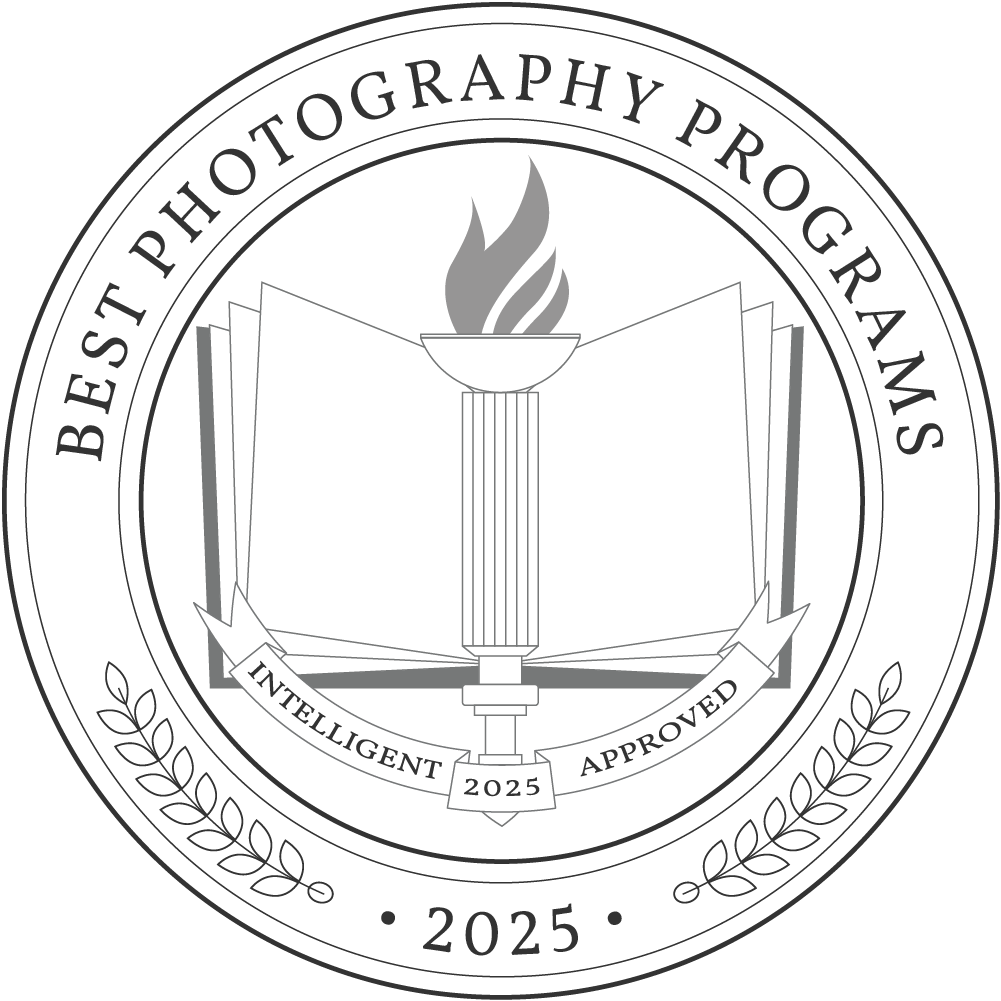Through the intersection of creativity, art theory, and technology, professional photography contributes engaging and culturally impactful artwork across many industries and applications.
A photography degree program can equip students with the technical skills and conceptual knowledge necessary for many careers. Graduates from photography degree programs earn a median hourly wage of $25.89 and use their degree for work in commercial, industrial, news and journalism, portrait, scientific, and other fields.
Depending on the curriculum, students can complete an undergraduate photography degree, averaging $14,688 per year, and enter the workforce in about four years. Graduate photography programs usually require two years of study and cost $20,513 annually.
Why Trust Us
The Intelligent.com Higher Education Team is dedicated to providing students with independent, equitable school and program rankings and well-researched resources. Our expert-driven articles cover topics related to online colleges and programs, paying for school, and career outlooks. We use data from the U.S. Department of Education’s College Scorecard, the National Center for Education Statistics, and other reputable educational and professional organizations. Our academic advisory team reviews content and verifies accuracy throughout the year for the most current information. Partnerships do not influence rankings or editorial decisions.
- Analyzed over 2,000 national, accredited, and nonprofit colleges and universities
- 800+ rankings pages are reviewed and updated yearly
- Content is informed by reputable sources, surveys, and interviews with academic advisors and other experts
- Over 100 data points are reviewed for accuracy and quality throughout the year, including sources
How we rank schools
Our list features the best Photography degree programs at top colleges nationwide. Each school featured is a nonprofit, accredited institution — either public or private — with a high standard of academic quality for post-secondary institutions.
We evaluated each school’s program on tuition costs, admission, retention and graduation rates, faculty, reputation, and the student resources provided for online students. We collected data from trusted sources like the National Center for Education Statistics, individual school and program websites, school admissions counselors, and other data sources. Then, we calculated the Intelligent Score on a scale of 0 to 100 based on the following criterion:
Academic Quality:
- Admission rate versus enrollment rate
- Retention rate of students who return after year one
- Accreditation status (regional and programmatic)
- Nonprofit status, both private and public institutions
Graduation Rate
- Overall graduation rate
- Total number of currently enrolled students, including diversity metrics
- Student-to-faculty ratio
Cost and ROI
- In-state and out-of-state per-credit tuition rates and fees
- Required credits to graduate
- Earning potential after graduation
- Availability of federal student loans, scholarships, and other financial aid options
Student Resources
- Available student services for online-only and hybrid programs
- On-campus amenities like tutoring centers and the number of libraries
Read more about our ranking methodology.
Best 49 Accredited Photography Degree Programs
FiltersInstitution Type
Status
- Intelligent Score
- Alphabetically By University Name
- Acceptance Rate
- Enrollment
- In-state Graduate Tuition
- Out-of-state Graduate Tuition
- In-state Undergraduate Tuition
- Out-of-state Undergraduate Tuition

Arizona State University
Intelligent Score: 99.45In-state: $10,710
Out-of-state: $28,800
In-state: $11,720
Out-of-state: $11,720
SAT: 1100-1320
ACT: 21-28
$808
On-Campus
Higher Learning Commission
120
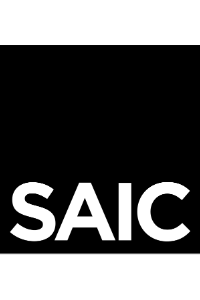
School of the Art Institute of Chicago
Intelligent Score: 98.55In-state: $75,450
Out-of-state: $75,450
In-state: $76,170
Out-of-state: $76,170
SAT: 1120-1340
ACT: 22-28
$1,848
On-Campus
National Association of Schools of Art and Design
120

Rochester Institute of Technology
Intelligent Score: 98.14In-state: $47,352
Out-of-state: $47,352
In-state: $50,136
Out-of-state: $50,136
SAT: 1220-1420
ACT: 28-33
$2,017
On-Campus
National Association of Schools of Art and Design
122

University of Arizona
Intelligent Score: 97.65In-state: $10,990
Out-of-state: $33,273
In-state: $11,938
Out-of-state: $11,938
SAT: 1090-1350
ACT: 21-29
Resident: $507
Non-Resident: $1,689
On-Campus
National Association of Schools of Art and Design
120- 125

Virginia Commonwealth University
Intelligent Score: 96.79In-state: $12,179
Out-of-state: $32,827
In-state: $12,703
Out-of-state: $12,703
SAT: 1060-1250
ACT: 21-28
Resident: $443
Non-Resident: $1,198
On-Campus
National Association of Schools of Art and Design
120
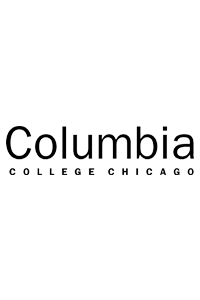
Columbia College Chicago
Intelligent Score: 95.82In-state: $53,716
Out-of-state: $53,716
In-state: $29,479
Out-of-state: $29,479
SAT: Not Required
ACT: Not Required
$271- $254
On-Campus
Higher Learning Commission
128

NYU Tisch School of the Arts
Intelligent Score: 95.52In-state: $52,204
Out-of-state: $52,204
In-state: $34,704
Out-of-state: $34,704
SAT: 1370-1540
ACT: 31-34
$1,844
On-Campus,Online
Middle States Commission on Higher Education
128

University of Illinois at Urbana-Champaign
Intelligent Score: 94.82In-state: $14,317
Out-of-state: $33,824
In-state: $15,016
Out-of-state: $15,016
SAT: 1200-1460
ACT: 27-33
$597
On-Campus
National Association of Schools of Art and Design
122

Appalachian State University
Intelligent Score: 94.01In-state: $4,242
Out-of-state: $19,049
In-state: $4,839
Out-of-state: $4,839
SAT: 1070-1240
ACT: 22-27
In-State: $176 Out-Of-State: $885
On-Campus
National Association of Schools of Art and Design
120

Fitchburg State University
Intelligent Score: 92.89In-state: $970
Out-of-state: $7,050
In-state: $3,420
Out-of-state: $3,420
SAT: N/A
ACT: N/A
In-State: $40 Out-Of-State: $293
On-Campus
New England Commission of Higher Education
120
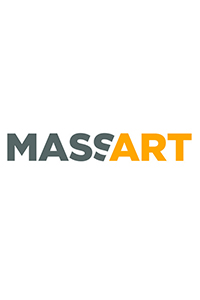
Massachusetts College of Art and Design
Intelligent Score: 92.70In-state: $34,670
Out-of-state: $42,190
In-state: $71,964
Out-of-state: $71,964
SAT: 970-1160
ACT: 21-26
$1,030
On-Campus
National Association of Schools of Art and Design
120

Salem State University
Intelligent Score: 92.33In-state: $910
Out-of-state: $7,050
In-state: $2,520
Out-of-state: $2,520
SAT: N/A
ACT: N/A
In-State: $38 - $115 Out-Of-State: $285 - $293
On-Campus,Online
New England Commission of Higher Education
120–126
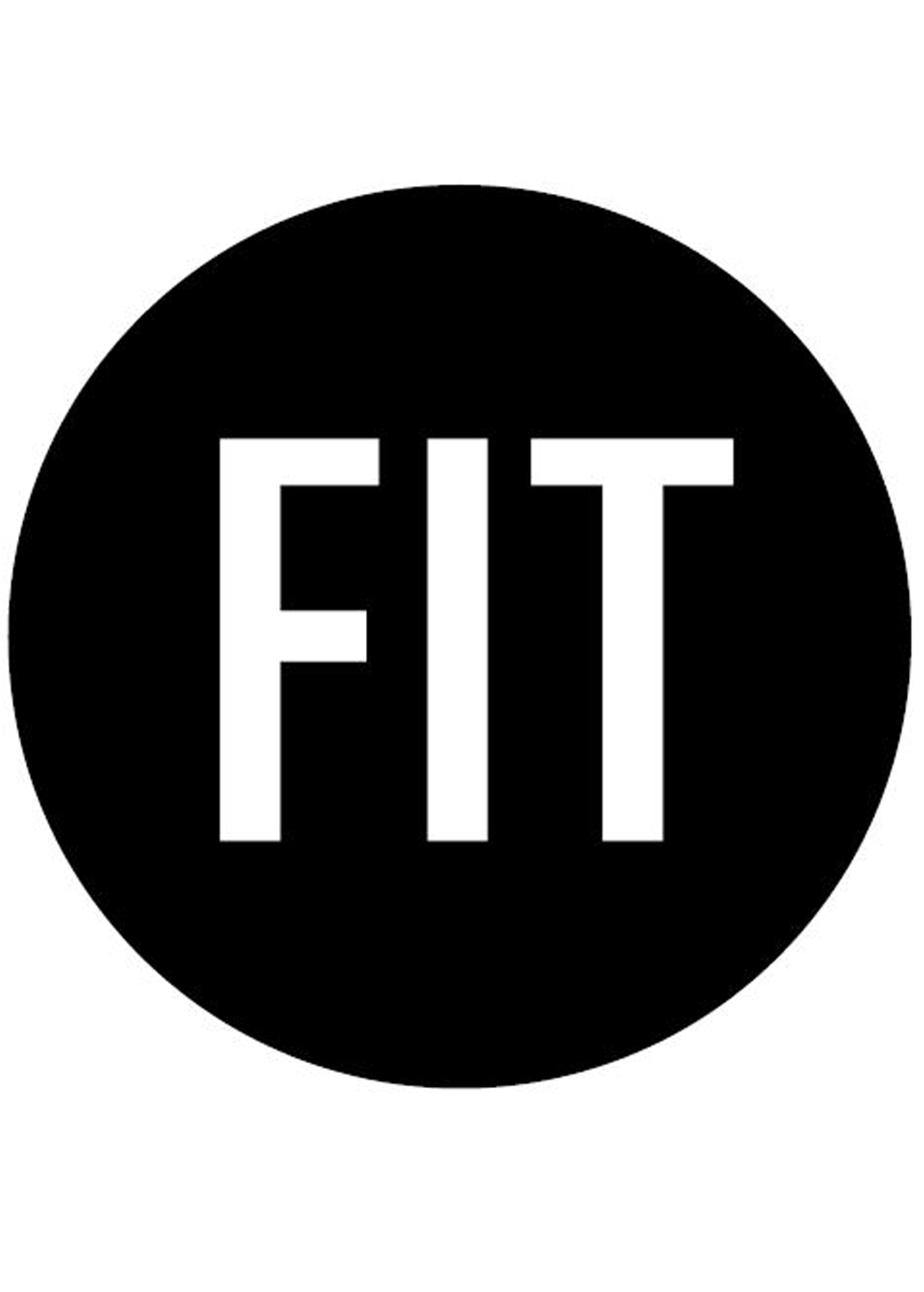
Fashion Institute of Technology
Intelligent Score: 91.30In-state: $7,170
Out-of-state: $21,692
In-state: $11,542
Out-of-state: $11,542
SAT: N/A
ACT: N/A
In-State: $239 Out-Of-State: $723
On-Campus,Online
National Association of Schools of Art and Design
120–126

State University of New York at New Paltz
Intelligent Score: 90.28In-state: $7,070
Out-of-state: $16,980
In-state: $11,310
Out-of-state: $11,310
SAT: 860-1060
ACT: N/A
In-State: $295 Out-Of-State: $708
On-Campus
Middle States Commission on Higher Education
120

University of South Carolina-Columbia
Intelligent Score: 89.02In-state: $12,288
Out-of-state: $33,528
In-state: $13,737
Out-of-state: $13,737
SAT: 1140-1340
ACT: 25-31
Resident: $512
Non-Resident: $1,439
On-Campus,Online
Southern Association of Colleges and Schools Commission on Colleges
120

California Institute of the Arts
Intelligent Score: 88.60In-state: $77,308
Out-of-state: $77,308
In-state: $78,444
Out-of-state: $78,444
SAT: 1160
ACT: 19-24
$2,336
On-Campus,Online
National Association of Schools of Art and Design
120

Spelman College
Intelligent Score: 88.48In-state: NA
Out-of-state: NA
In-state: NA
Out-of-state: NA
SAT: 1050-1200
ACT: 20-25
$672- $1,121
On-Campus
Southern Association of Colleges and Schools Commission on Colleges
120

Temple University
Intelligent Score: 87.90In-state: $16,080
Out-of-state: $28,992
In-state: $16,956
Out-of-state: $16,956
SAT: N/A
ACT: N/A
In-State: $693 Out-Of-State: $1,153
On-Campus
National Association of Schools of Art and Design
126
How to Choose a Photography Program
Choose your area of study
A photography degree program offers students an advanced and comprehensive education in photography. Although not required for photography careers, these programs provide students with an in-depth exploration of complex photography concepts, such as lighting techniques, photography technology, darkroom techniques, and other skills and knowledge necessary to advance their photography skills.
Most photography programs are offered as undergraduate degrees through the fine arts department, with students earning a Bachelor of Fine Arts degree. Some institutions offer Bachelor of Science photography degrees, which typically emphasize technology and digital techniques.
A Master of Fine Arts in photography generally targets students who are already practicing photographers. These programs allow students to expand and deepen their artistic skills, preparing them for academic, specialized, technical, or advanced roles.
Consider your strengths, interests, and career aspirations throughout your research, and look for programs with curriculums and specializations that align with your goals. Photography degree programs sometimes offer specialization options, such as lighting and production, fashion photography, video production, art and cultural history, and more. Some fine arts programs may offer photography as a minor or concentration.
Research schools and programs
Accreditation is one of the most crucial factors in selecting a school and program. Regional accreditation, held by most institutions, ensures that degree programs meet the curriculum standards of the Department of Education and provide a high-quality educational experience. Students typically must attend an accredited institution to access federal financial aid. Accreditation can also improve academic and professional opportunities, as many institutions and employers recognize credentials from accredited institutions.
Verify accreditation status with the Database of Accredited Postsecondary Institutions and Programs and Council for Higher Education Accreditation. Visit school websites for information about accredited programs, and contact an admissions counselor who can provide further guidance. Sign up for in-person or virtual information sessions, campus tours, and other events to learn more about the institution and program.
Prepare for tests and applications
Most photography degree programs adhere to standard university admissions requirements. Institutions may require undergraduate students to complete prerequisites in their first year before they may declare a major. Graduate programs may accept a combination of related educational and professional experience, and applicants sometimes must provide a portfolio of photography work or detail their personal essay with their intentions for their photography degree.
Standard admissions generally require the following materials and information:
- Application form and fees
- Transcripts
- Letter(s) of recommendation
- Personal essay or statement
- Resume or CV
- SAT or ACT scores for undergraduates
- GRE or GMAT scores for graduates
- TOEFL (for students educated in a non-English language)
Speak to an admissions counselor or program representative to clarify admissions requirements, eligibility, deadlines, or other details.
Select your program
With a shortlist of potential programs, revisit your career goals and education preferences. Many factors can provide varying advantages to students depending on their circumstances. For example, employed students may need flexibility to attend school and prefer programs that offer online, hybrid, part-time, or accelerated delivery options. In contrast, students who thrive in immersive education and don’t have logistics limitations may opt for programs with in-person instructors and peer interaction.
Consider various factors as you select your program, such as:
- Tuition cost
- Location
- Curriculum
- Faculty
- Co-op or professional opportunities
- Course delivery options
- Campus amenities
Determine how you’ll pay for your degree
Federal financial aid in the form of scholarships, grants, loans, and other funding can help students pay for their education. Apply through the Free Application for Federal Student Aid (FAFSA) to learn how much aid you can receive based on assessed need. Alternative loan programs, such as Direct Unsubsidized Loans, Direct PLUS Loans, or private loans, can also assist students with funding.
Some businesses, non-profit foundations, and other organizations may offer need or merit-based funding. Employed students should inquire with their employer about tuition assistance benefits. Financial aid offices and counselors can provide students with additional information about tuition and financial assistance and offer guidance for obtaining paid work studies, co-op positions, assistantships, fellowships, or other opportunities.
What Can You Expect From a Photography Program?
Photography degree programs are an interdisciplinary educational experience that blends creativity, knowledge, and technical skills for analog and digital production. Students develop understanding and critical perspectives about photography and art theories in the context of society, history, technology, and other topics and apply their skills to creative projects across various mediums.
In addition to theoretical coursework and hands-on projects, undergraduate photography students often gain practical experience through internships. Undergraduate programs typically require about 120 credits and span about four years. Some programs may require a final project or portfolio of work for graduation.
Graduate photography programs offer a rigorous curriculum that helps students refine their ability to engage with and speak about art. Over about two years, students typically participate in graduate seminars, may work with an assigned mentor, and may also complete independent research presentations, a thesis, a photography exhibit, or other culminating projects.
Potential courses you’ll take in a photography program
- Digital Photography. In digital photography, students explore composition, lighting, framing, editing, and printing. Advanced courses may also explore darkroom technology and studio techniques.
- History of Photography. From the early 19th century to contemporary photography, this course provides an in-depth examination of artistic, technological, and cultural shifts related to photography. Topics may include notable photographers, major artistic and cultural movements, and the influences of visual arts and society.
- Color Concepts. This course delves into the complex applications of color in photography, focusing on conceptual, cultural, and theoretical understanding. Students develop their critical perspectives and perceptions of colors in photography and on screen by studying historical color concepts, such as black and white photography and analog-three color photograph processes. They may also expand on technical topics such as image captures, light qualities, and color correction.
- Studio Lighting. This course explores how lighting can affect the aesthetic, narrative, and creative elements of photos. Students learn contemporary and historical techniques through lectures, workshops, and independent projects and experiment with studio lighting and flash.
Photography Degree Frequently Asked Questions
How do I apply to a photography degree program?
Prospective students can find information about admissions requirements on program and school websites. Most school websites feature a web-based admissions portal that guides applicants through submitting the appropriate materials, fees, and information — an admissions counselor can also provide assistance to help streamline the process. Most photography programs require school transcripts, personal essays or portfolios, admissions fees, and letters of recommendation, but they may also require additional test scores or GPA information.
How much does a photography degree cost?
Without room and board, undergraduate photography degree programs total about $14,688 annually. On-campus accommodation increases costs to $27,673. Graduate programs average $20,513 per year.
These figures don’t necessarily reflect upfront student costs — scholarships, grants, loans, and other aid can help offset financial obligations. Tuition may vary depending on whether the school is a private or public institution, whether students are in or out of state, the local cost of living, and other factors. Photography students typically must also provide their film and digital cameras, lenses, and other equipment.
How long does it take to earn a photography degree?
Undergraduate photography degree programs require between 60 and 126 credits and typically take four years to complete. Graduate programs require 30 to 60 credits and usually span about two years. Part-time, accelerated, self-paced, or other study options can affect the time needed to satisfy graduation requirements.
